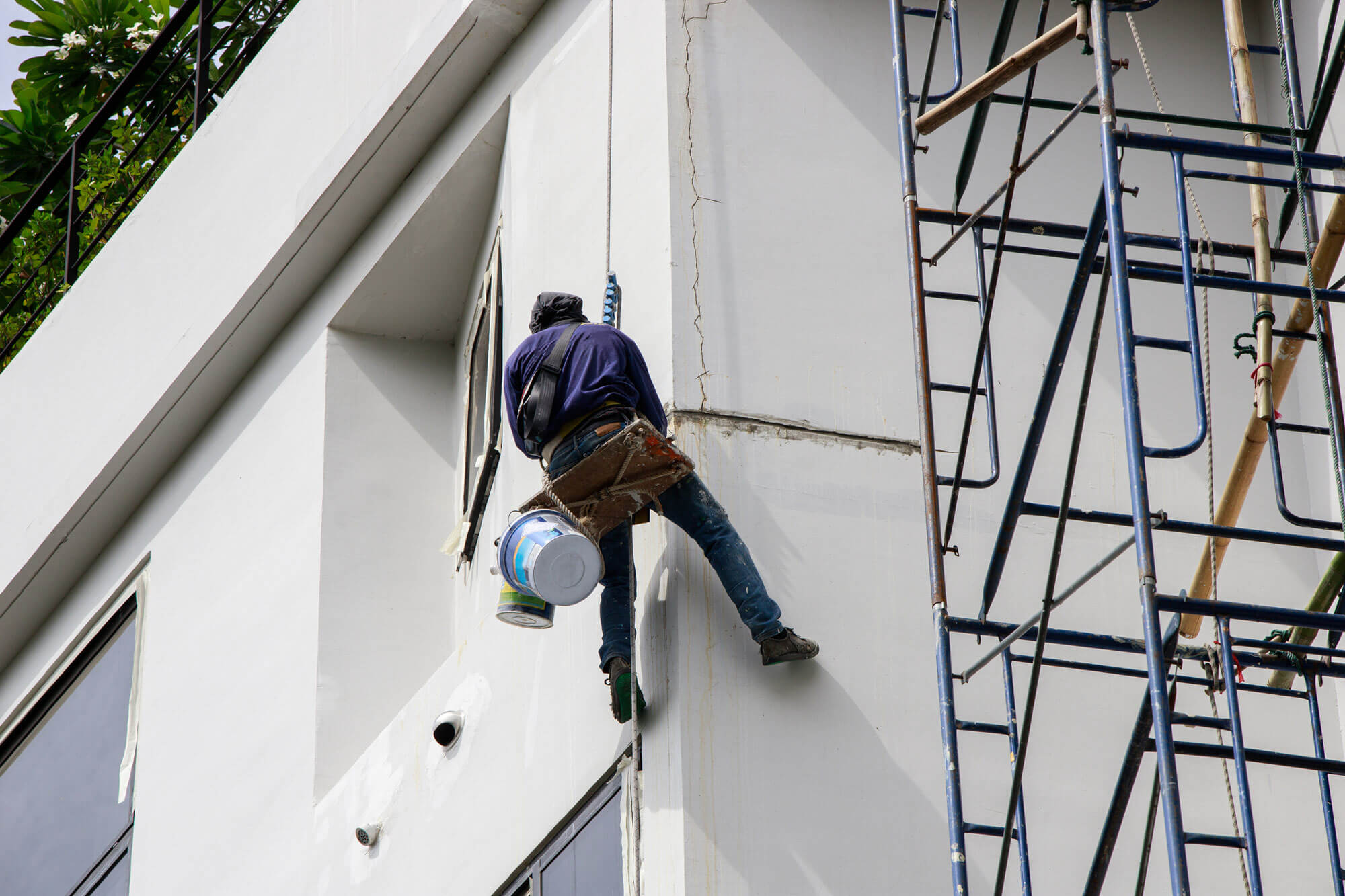
Wet basements are a bit of an embarrassment and most people do not like to admit to them. However, the truth is that most homes experience a wet basement at some point or another, especially if the home is over 25 years old. It may seem like a pain in the “you know what,” but solving the problems associated with a wet basement are crucial to avoiding a larger problem down the road.
There are several causes of a wet basement. Even if you took every possible precaution when waterproofing your basement, foundations are rarely permanently waterproof. Over time, the house shifts and settles which causes gaps and cracks to form throughout the home and basements. Several aspects contribute to wet basement development such as slow changes in the arrangement of landscaping, walks, and driveways. Also, gutters contribute to surface water running down next to the foundation walls. Due to these slow changes around your foundation, water begins to find its way in.
Basement Condensation Or A Leaky Basement
Often time’s people notice that their basements get a bit wet, but they are not sure whether it is related to condensation or due to a leak. If you notice that your basements’ walls are damp on occasion then your problem could be the result of condensation rather than water seepage. This is especially true if they are damp on humid days when the windows are open.
Before you can resolve this problem, you must first find out if it is indeed a condensation problem. Follow the steps below the test it out:
- Securely tape a 10″ x 10″ piece of plastic wrap onto the basement wall in an area where you have noticed dampness.
- Seal the edges of the plastic wrap with the tape.
- Check on the plastic over the next few days.
- Moisture on the wall side of the plastic: leak.
- Moisture on the room side of the plastic: condensation problem.
Water Seepage
If water seepage happens to be your problem, there are a few approaches you can take. We would recommend that you first take a walk around your house and record any problem areas that may cause water to accumulate around the foundation: faulty gutters and downspouts, improper grading, settlement of walkways, and so on. If you do notice issues in these areas then you should first try re-grading the ground, reconfiguring the gutters and replacing patios and walks. These problem areas may contribute to surface water near the foundation which will eventually saturate the soil and water will find its way through tiny cracks and fissures into your basement.
The second approach you should take would be to thoroughly inspect any exposed walls inside your basement. If you notice problem conditions on the exterior, then the walls and floor opposite those areas should be checked first for signs of water penetration. Keep in mind, water stains and deposits in the corner of a foundation wall can be a result of a faulty downspout.
What many homeowners do not realize is that even if there are no indications of past or current water seepage, the exterior problem conditions should be corrected. Be sure to caulk any gaps or cracks and with luck, these steps will stop the problem and prevent future problems.



